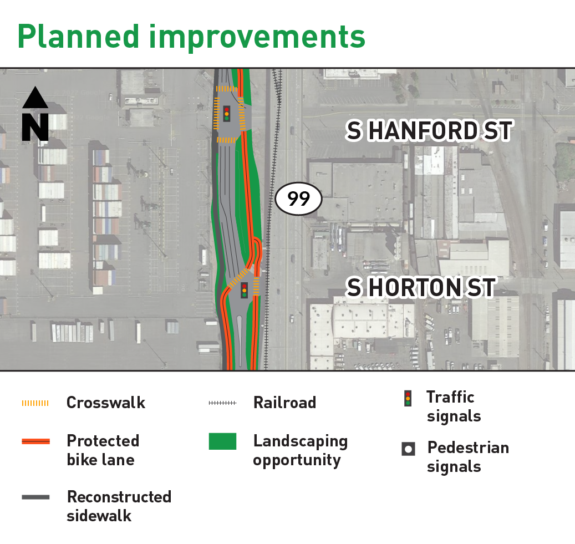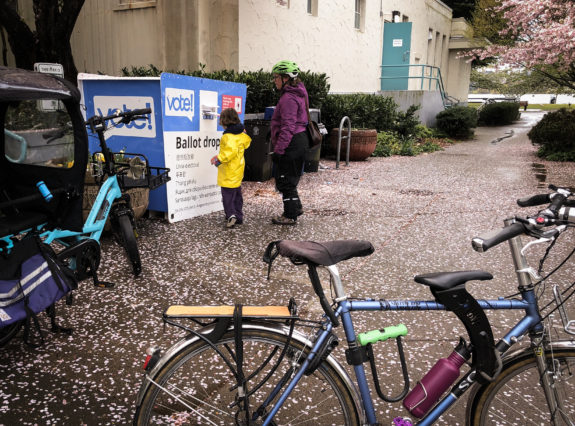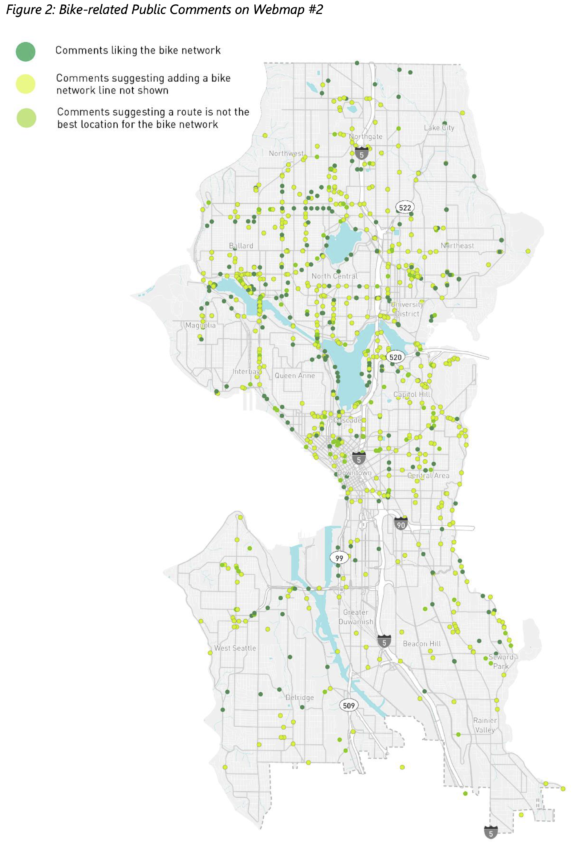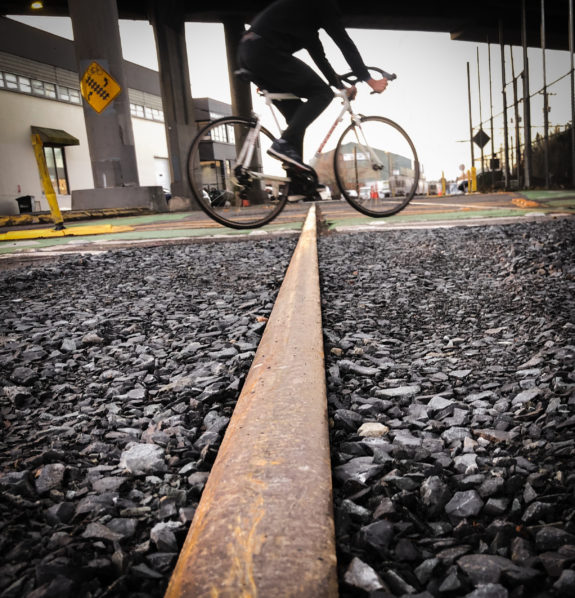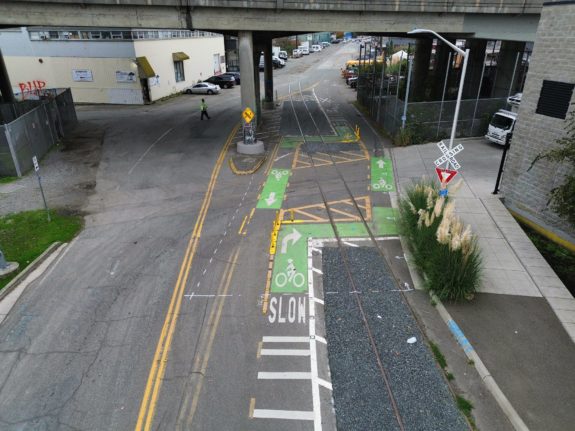
Within hours after the City Council approved a deal with the railroad now formerly known as the Ballard Terminal Railroad Tuesday, SDOT crews had already marked out the area under the Ballard Bridge where they plan to pave over both the railroad tracks and gravel pits in order to create a safe bicycle pathway.
Work is set to begin “hopefully this week,” according to Councilmember Dan Strauss who facilitated this agreement process through the Council. Strauss is not the Transportation Committee Chair, but the track crossing is in his district.
The fix should finally end, or at least substantially reduce, the number of people who will crash while biking through this particular area of the Ballard Missing Link of the Burke-Gilman Trail. Countless people have been injured crossing these tracks, which cut a shallow angle across the roadway that makes it difficult and awkward for riders to cross them at a safer 90-degree angle. Additionally, the gap between the roadway surface and the tracks is uneven and irregular. These factors combine to create a situation where people’s tires can slip into the gap, which then “grabs” their wheels and sends riders crashing with little to no warning. Others have crashed because the rails can get very slippery when wet and the sharp turning maneuvers required to cross the tracks mean people’s tires may still be in contact with the rails when they lean into a turn.
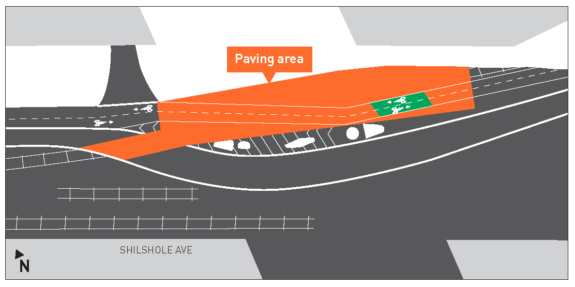
Crashing on the tracks here has long been a sad rite of passage for people biking in Seattle, who may not have heard about the danger of the Missing Link before riding through. But even seasoned riders have crashed here because all it takes is a slight misjudgment, such as straightening out too soon or turning before your wheels are clear of the wet tracks, for something to go wrong.
(more…)
